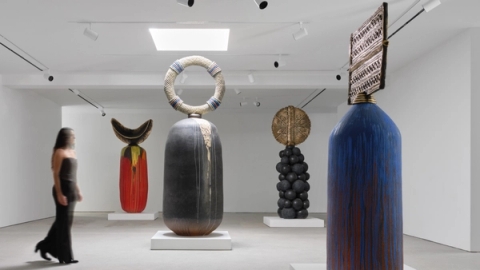My Enquiry (0)
No artwork has been selected.
Please choose an artwork to enquire.
Enquiry Submitted
Thank you for your enquiry and interest in our artists’ work. A member of the gallery team will respond shortly.
000%
23 November 2023 - 1 February 2024
Spanning sculpture, installation and photography created over the past five years, Black Exodus: Summer Departure weaves together the artist’s personal narrative, trans-Atlantic journeys and artistic evolution into a broader exploration of historical and contemporary Black life.
Southern Guild presents Black Exodus: Summer Departure, a solo exhibition of new works by Nigerian-Canadian artist Oluseye opening on 23 November (until 01 February 2024).
Oluseye re-animates found objects and detritus collected from his travels – which he terms “diasporic debris” – to trace Blackness through its multifaceted migrations and manifestations. Black Exodus: Summer Departure is a journey to finding self and forging an artistic identity rooted in play, honesty, travel and research.
The artist notes: “I am coming into self within this broader examination of Black ancestry, migration, spirituality, aesthetics and visual culture. What’s my journey within these larger, universal themes of Blackness? What is my contribution?”
Over the past year, Oluseye’s artistic practice has seen him moving between New York, Toronto, Lagos and Cape Town, where he spent a two-month stay at the GUILD Residency earlier this year. In the months prior to his exhibition, he returned to the city, setting up a makeshift studio on the second floor of a warehouse in the heart of Cape Town’s bustling harbour. Amidst the grit and industrial atmosphere, the arrival of goods and people, mirror his peripatetic practice of collecting and working with objects sourced from across the African diaspora, many of which have arrived in Cape Town via this port.
Working at a long white trestle table, strewn with an array of objects in varying shades of black – car parts, rubber debris, electrical scrap, domestic items, synthetic hair – the artist invokes the role of the “nganga” (the word for ‘spiritual worker’ in traditional Kongo religion), imbuing his everyday relics with the mystical, transforming his finds into “eminado” (the Yoruba word for good luck charm).
“Eminado are objects of pleasure and protection, they are re-imaginations of the talismans that Africans – past and present – carried for protection as they embarked on both forced and voluntary journeys across the Atlantic,” he says.
One of two expansive works in the show, the Eminado Series will comprise an installation of over 100 palm-sized talismans, their dark shapes and subtle textures contrasting sharply against the white wall. Amongst these are a baby’s pacifier with a nail driven through its base and a switchblade comb with plastic teeth on one end and a sharp metal épée on the other. Oluseye’s talismans embody both solace and danger, carrying an intriguing aura of sensuality. The tension and interplay of seemingly dichotomous ideas is prevalent throughout his practice – Christianity and indigenous African beliefs, vulnerability and strength, spirituality and sexuality.
At the heart of this exhibition is the installation Patra (Mothership) – a womb, the hull of a ship, or a carriage. Oluseye draws inspiration from the Jamaican Dancehall star Patra, one of his earliest memories of Black female empowerment, as he contemplates the symbolism of a ship as a woman. The installation consists of a large sensuous body of hair nestling a porcelain cowrie shell, and anchored by a large rock. This work attempts to highlight the contributions of Black women in the artist’s life and across intellectual and physical realms throughout history.
Through the creation of Black Exodus, the artist sought to explore and honour everyday African ingenuity. He turned to the streets and villages he visited in Nigeria, Ivory Coast, Senegal, South Africa, Kenya and elsewhere to learn from and work alongside the artisans he met – hair braiders and barbers, cobblers, basket weavers, vulcanizers and rubber recyclers, horticulturists and welders.
His chosen materials – hair, rubber, cotton, cowrie shells and mirrors – are often a medium through which to reimagine the diasporic debris. “These are loaded materials that carry with them brutal histories of enslavement and colonial conquest, oppression and pillaging but are reclaimed anew as symbols of power, resilience and good omen. I like the tension of working with them, repositioning them to give new meaning and significance,” Oluseye notes.
Black Exodus: Summer Departure centres on the transforming and repurposing of discarded items, crafting these fragments into sources of joy, play and protection. As he assembles these disparate pieces into meaningful objects, Oluseye simultaneously rebuilds his own sense of wholeness in a new form.
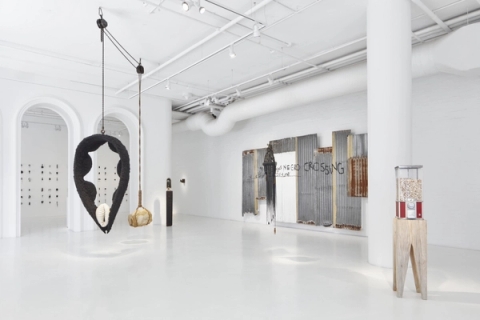
At the heart of this exhibition is the installation Patra (Mothership) – a womb, the hull of a ship, or a carriage. Oluseye draws inspiration from the Jamaican Dancehall star Patra, one of his earliest memories of Black female empowerment, as he contemplates the symbolism of a ship as a woman. The installation consists of a large sensuous body of hair nestling a porcelain cowrie shell, and anchored by a large rock. This work attempts to highlight the contributions of Black women in the artist’s life and across intellectual and physical realms throughout history.
Through the creation of Black Exodus, the artist sought to explore and honour everyday African ingenuity. He turned to the streets and villages he visited in Nigeria, Ivory Coast, Senegal, South Africa, Kenya and elsewhere to learn from and work alongside the artisans he met – hair braiders and barbers, cobblers, basket weavers, vulcanizers and rubber recyclers, horticulturists and welders.
His chosen materials – hair, rubber, cotton, cowrie shells and mirrors – are often a medium through which to reimagine the diasporic debris. “These are loaded materials that carry with them brutal histories of enslavement and colonial conquest, oppression and pillaging but are reclaimed anew as symbols of power, resilience and good omen. I like the tension of working with them, repositioning them to give new meaning and significance,” Oluseye notes.
Black Exodus: Summer Departure centres on the transforming and repurposing of discarded items, crafting these fragments into sources of joy, play and protection. As he assembles these disparate pieces into meaningful objects, Oluseye simultaneously rebuilds his own sense of wholeness in a new form.
Artists
Works
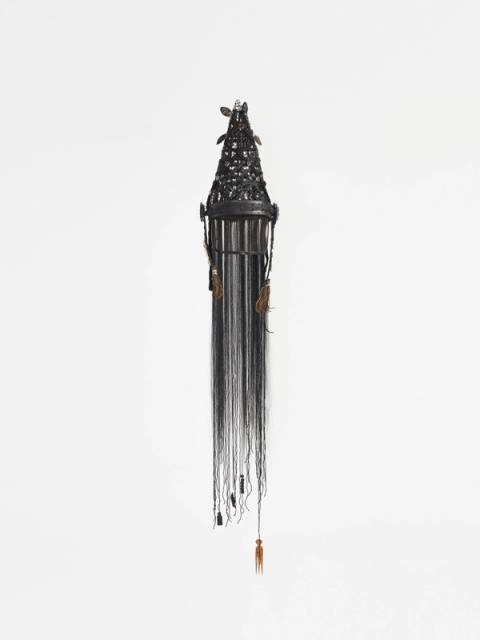
Oluseye
Demilade II, 2020Rubber, metal, synthetic hair, leather, found objects, cowrie shells
68 x 12.25 x 10 in. | 172.7 x 31 x 25.5 cm
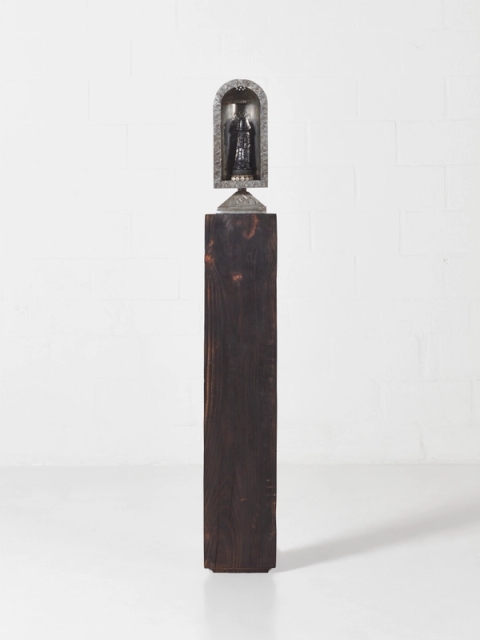
Oluseye
Blessed Be The Negro Seed, 2022Found objects, wax, cowrie shells, timber
64.75 x 9.5 x 8.25 in. | 164.5 x 24 x 21 cm
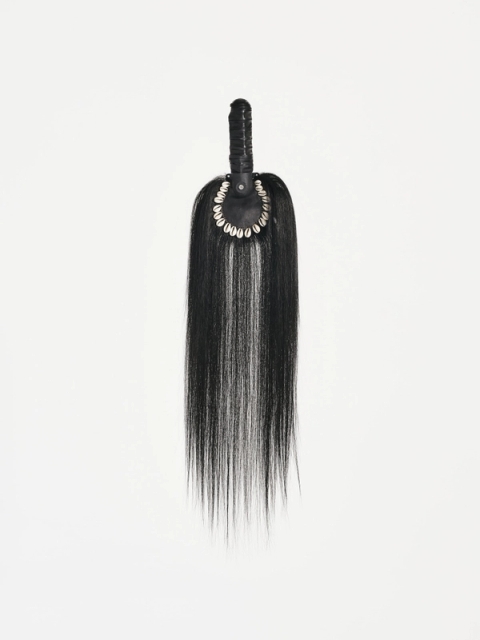
Oluseye
Irukere for Ezi, my ride or die, 2021Rubber, synthetic hair, cowrie shells, found objects
33.88 x 7.5 x 1.75 in. | 86 x 19 x 4.5 cm
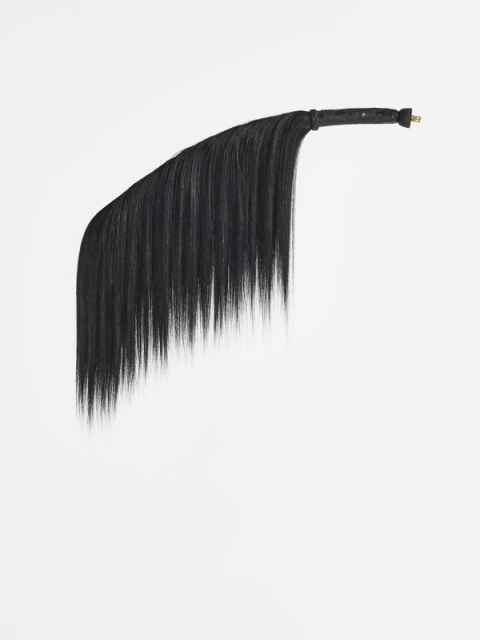
Oluseye
Irukere for Tara, my plug, 2020Found objects, synthetic hair
36.25 x 5.13 x 2.75 in. | 92 x 13 x 7 cm


Oluseye
Power Figure for the American Negro, 2020Found objects, rubber, synthetic hair, nails
7.25 x 5.75 x 8.25 in. | 18.5 x 14.5 x 21 cm
Sold
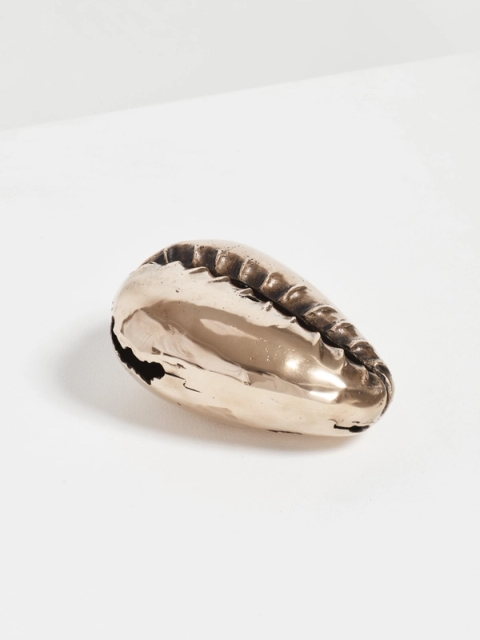
Oluseye
The value of my dreams will not drown me , 2023Bronze
3.5 x 4.75 x 6.75 in. | 6.5 x 10 x 15 cm
Edition 27 of 48
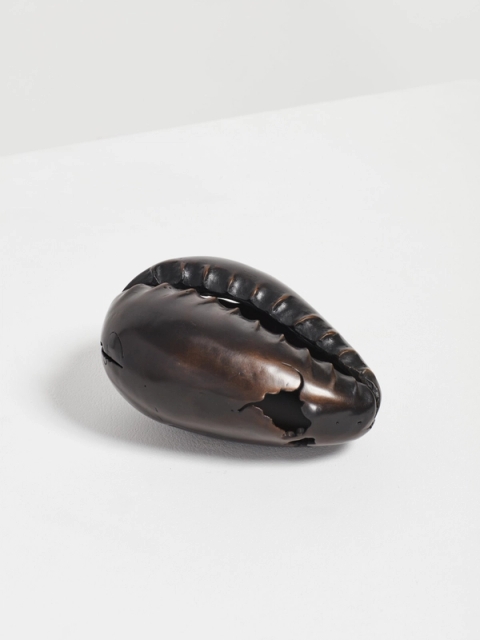
Oluseye
The value of my dreams will not drown me , 2023Bronze
3.5 x 5.5 x 8.13 in. | 6.5 x 10 x 15 cm
Edition 31 of 48
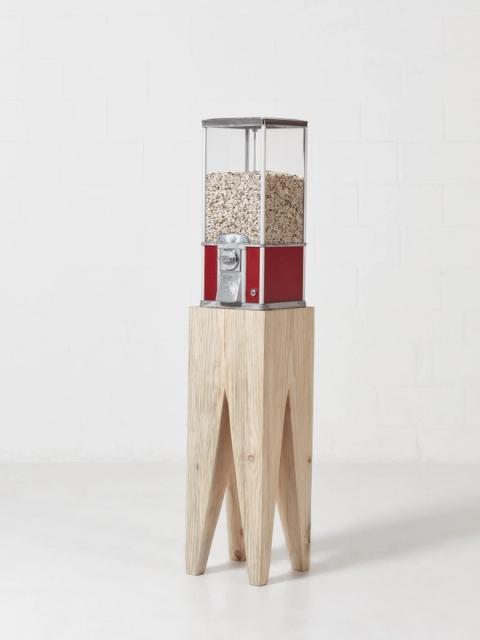
Oluseye
Good Luck Totem, 2023Vending machine, cowrie shells, timber
62.63 x 12.63 x 12.63 in. | 159 x 32 x 32 cm
Sold
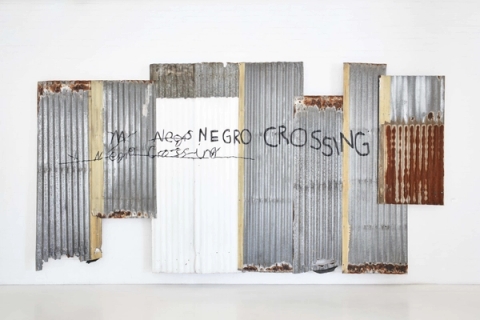
Oluseye
Negro Crossing, 2023Acrylic on corrugated zinc
108.63 x 210.25 x 1.63 in. | 276 x 534 x 4 cm


Oluseye
Ogun's foot (Osin Imole), 2023Found objects, nails, cowrie shells
63.38 x 16.5 x 16.5 in. | 161 x 42 x 42 cm
Sold
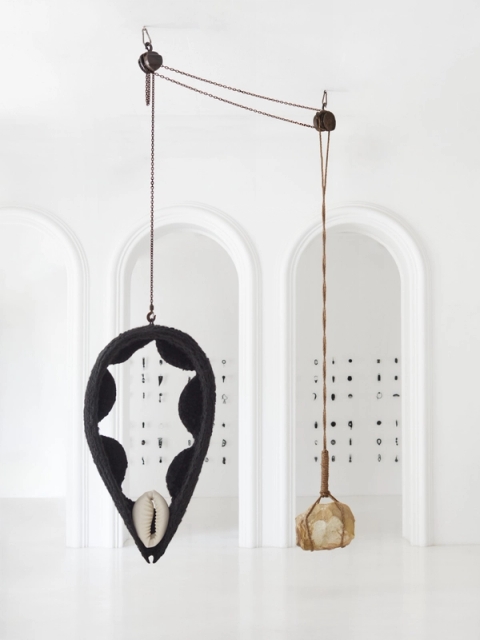
Oluseye
Patra, 2023Steel wire, synthetic hair, porcelain, chain, rope, sandstone
165.38 x 106.25 x 38.63 in. | 420 x 270 x 98 cm

Oluseye
Eminado Series, Reunion 5, 2018 – OngoingFound objects, rubber, synthetic hair, cowry shells
Variable dimensions
Sold
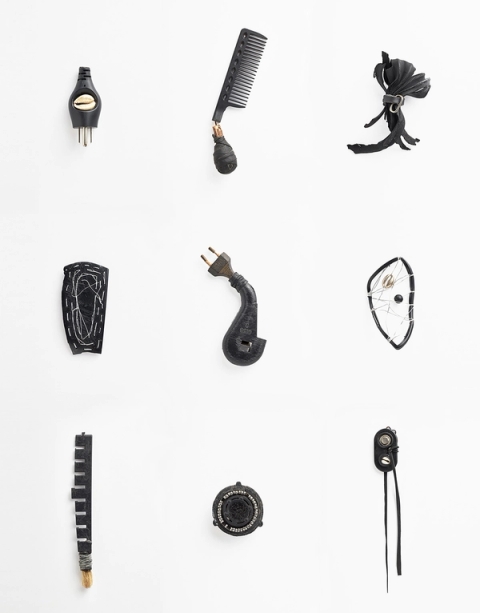
Oluseye
Eminado Series, Reunion 6, 2018 – OngoingFound objects, rubber, synthetic hair, cowry shells
Variable dimensions
Sold
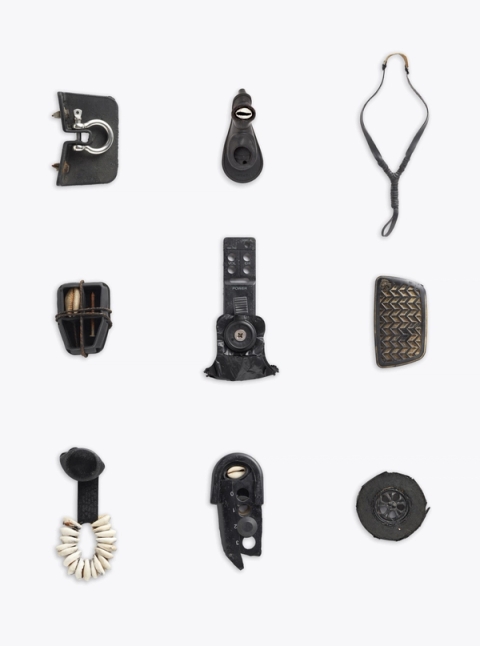
Oluseye
Eminado Series, Reunion 7, 2018 – OngoingFound objects, rubber, synthetic hair, cowry shells
38 x 26.13 x 3 in. | 96.5 x 66.5 x 7.5 cm
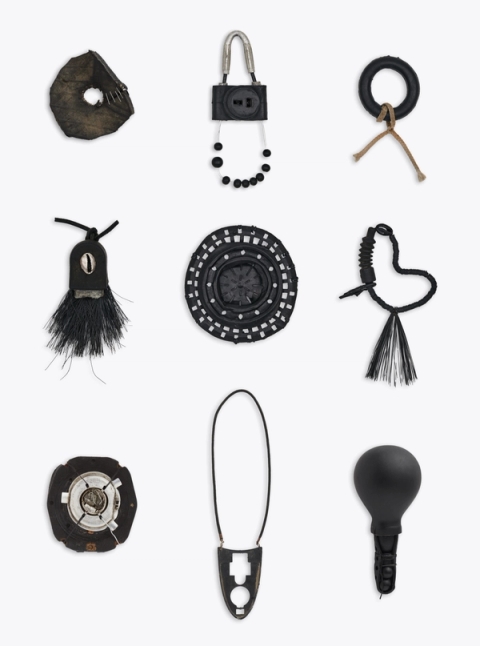
Oluseye
Eminado Series, Reunion 11, 2018 - OngoingFound objects, rubber, synthetic hair, cowry shells
3013. x 24.75 x 6.13 in. | 76.5 x 63 x 15.5 cm
Sold
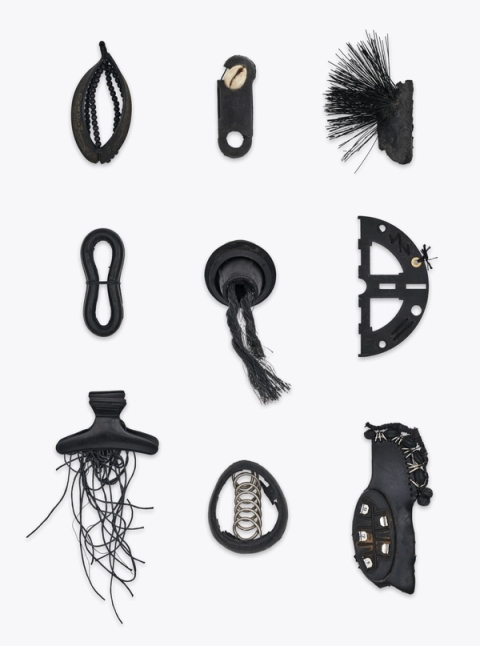
Oluseye
Eminado Series, Reunion 12, 2018 - OngoingFound objects, rubber, synthetic hair, cowry shells
36 x 27.13 x 2.13 in. | 91.5 x 69 x 5.5 cm
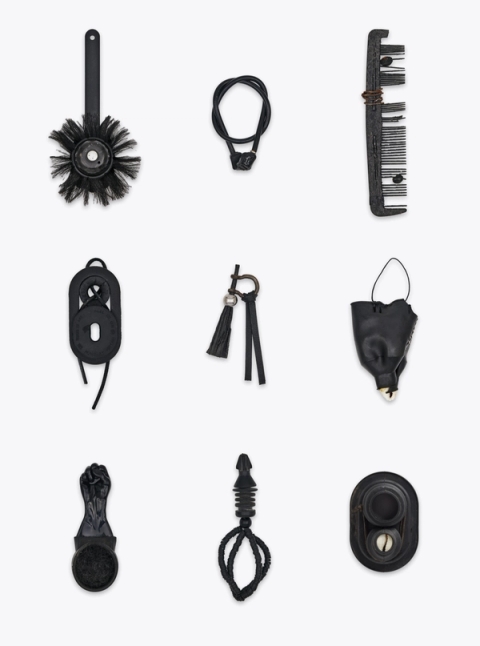
Oluseye
Eminado Series, Reunion 13, 2018 - OngoingFound objects, rubber, synthetic hair, cowry shells
28.38 x 28 x 3.75 in. | 72 x 71 x 9.5 cm
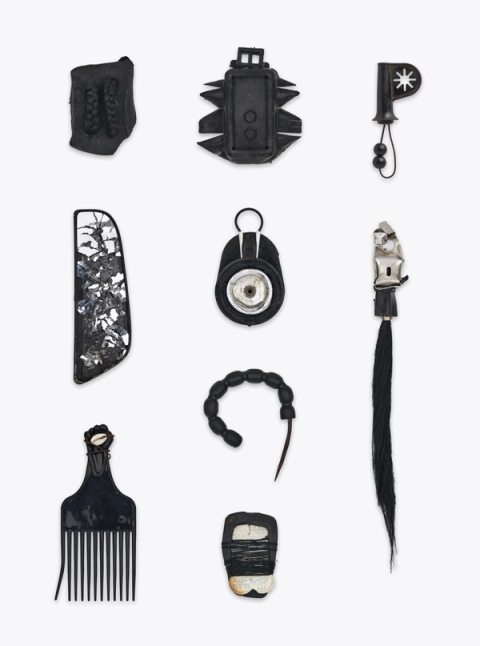
Oluseye
Eminado Series, Reunion 14, 2018 - OngoingFound objects, rubber, synthetic hair, cowry shells
28.75 x 26.38 x 2.13 in. | 73 x 67 x 5.3 cm

Oluseye
Eminado Series, Reunion 16, 2018 - OngoingFound objects, rubber, synthetic hair, cowrie shells
28.38 x 26.13 x 2 in. | 72.2 x 66.5 x 5 cm
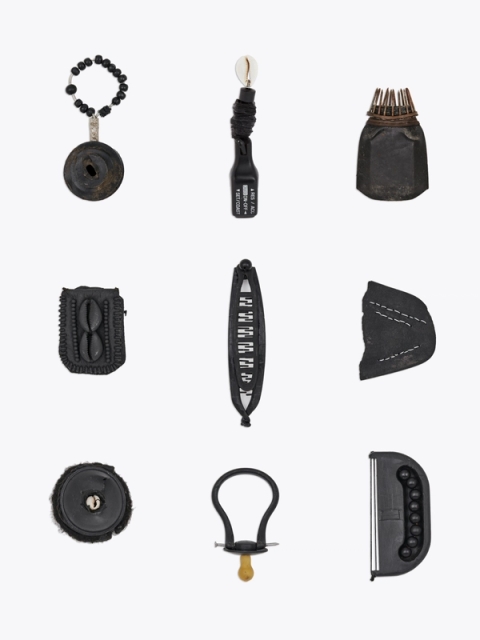
Oluseye
Eminado Series, Reunion 17, 2018 - OngoingFound objects, rubber, synthetic hair, cowrie shells
30.13 x 27.5 x 3.13 in. | 76.5 x 70 x 8 cm
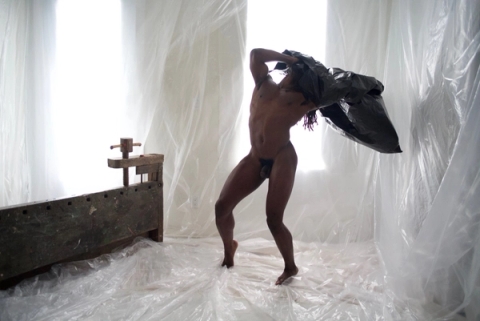
Oluseye
Blackbodybag 1, 2018Archival ink-jet print on Hahnemühle Photorag
12.38 x 18.5 in. | 31.4 x 47.1 cm
Edition of 5, 2AP
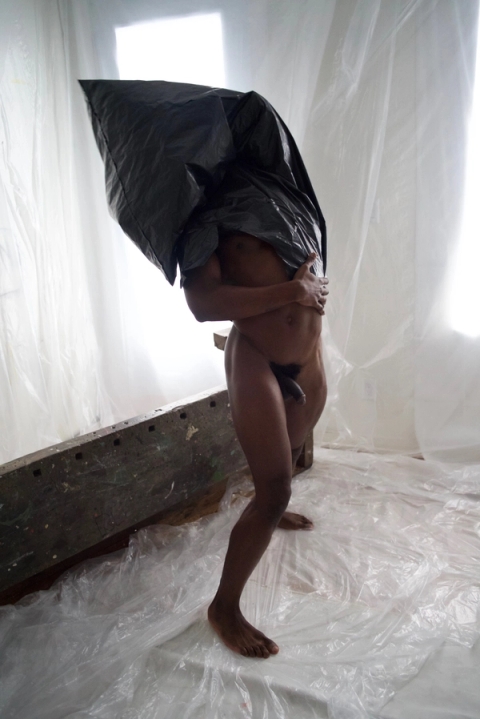
Oluseye
Blackbodybag 2, 2018Archival ink-jet print on Hahnemühle Photorag
12.38 x 8.25 in. | 31.4 x 21 cm
Edition of 5, 2AP
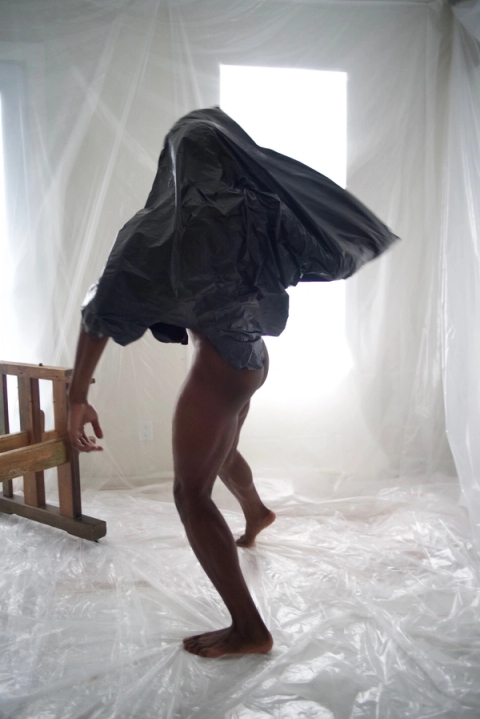
Oluseye
Blackbodybag 3, 201812.38 x 8.25 in. | 31.4 x 21 cm
12.38 x 8.25 in. | 31.4 x 21 cm
Edition of 5, 2AP
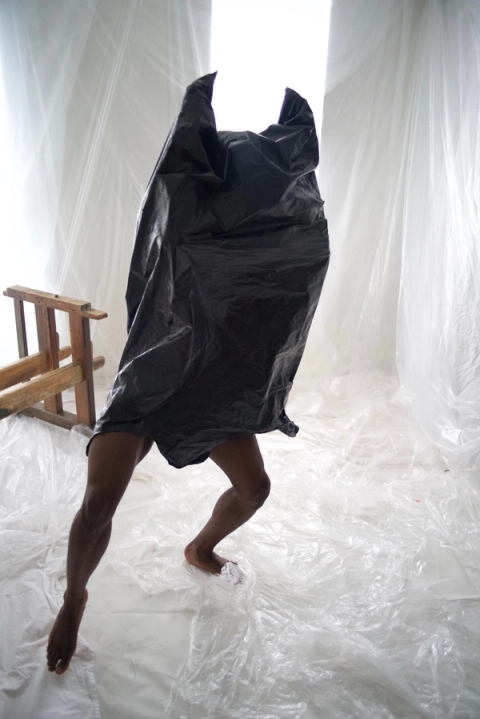
Oluseye
Blackbodybag 5, 2018Archival ink-jet print on Hahnemühle Photorag
12.38 x 8.25 in. | 31.4 x 21 cm
Edition of 5, 2AP
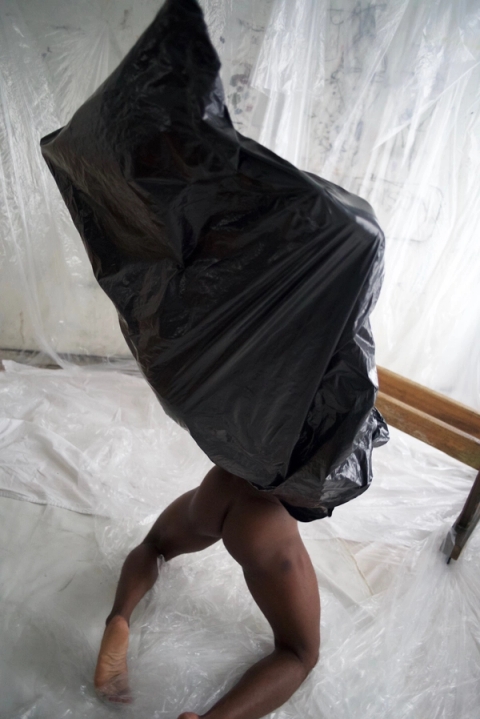
Oluseye
Blackbodybag 9, 2018Archival ink-jet print on Hahnemühle Photorag
12.38 x 8.25 in. | 31.4 x 21 cm
Edition of 5, 2AP
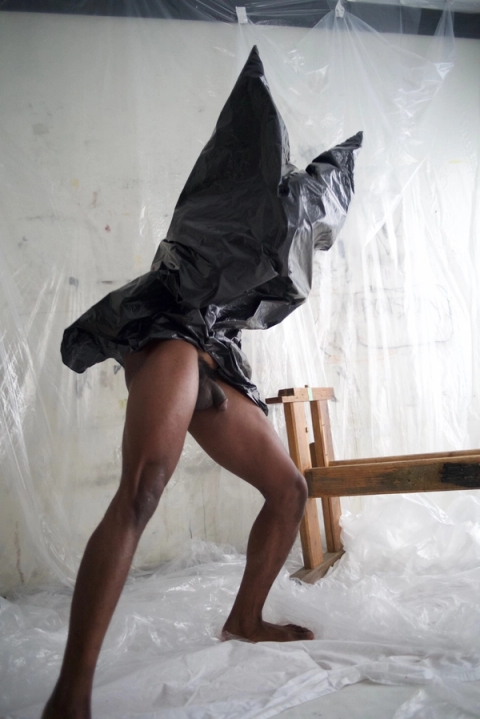
Oluseye
Blackbodybag 10, 2018Archival ink-jet print on Hahnemühle Photorag
12.38 x 8.25 in. | 31.4 x 21 cm
Edition of 5, 2AP

Oluseye
Blackbodybag 11, 2018Archival ink-jet print on Hahnemühle Photoragh
12.38 x 8.25 in. | 31.4 x 21 cm
Edition of 5, 2AP
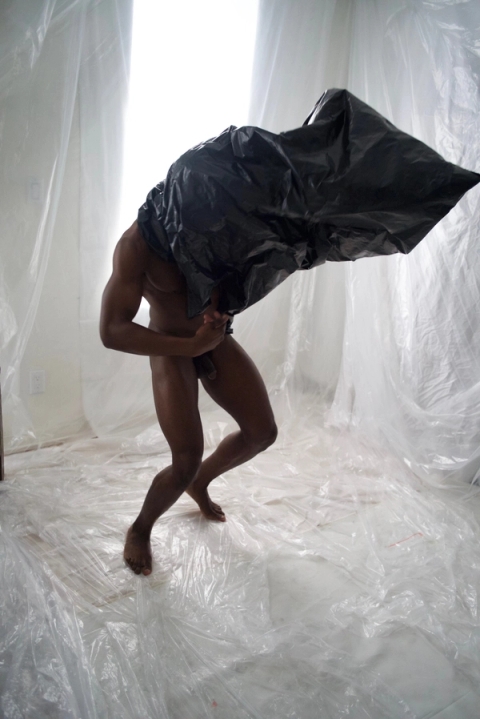
Oluseye
Blackbodybag 12, 2018Archival ink-jet print on Hahnemühle Photorag
12.38 x 8.25 in. | 31.4 x 21 cm
Edition of 5, 2AP
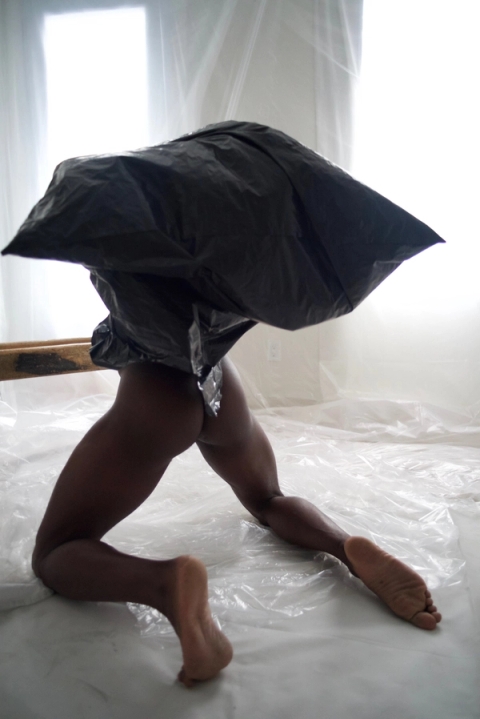
Oluseye
Blackbodybag 13, 2018Archival ink-jet print on Hahnemühle Photorag
12.38 x 8.25 in. | 31.4 x 21 cm
Edition of 5, 2AP
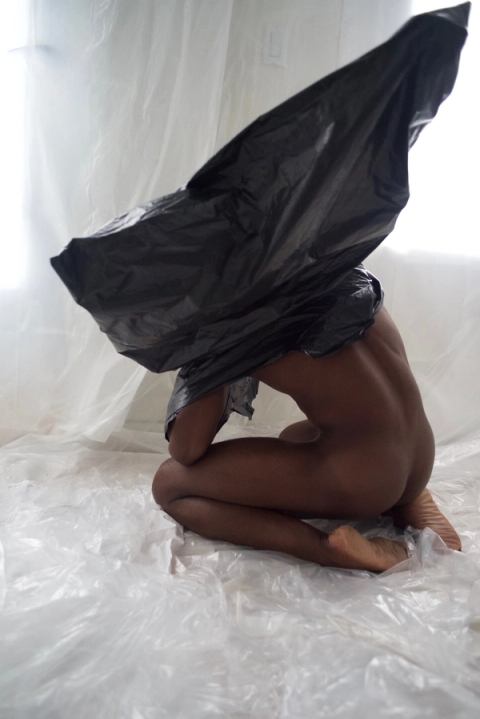
Oluseye
Blackbodybag 14, 2018Archival ink-jet print on Hahnemühle Photorag
12.38 x 8.25 in. | 31.4 x 21 cm
Edition of 5, 2AP
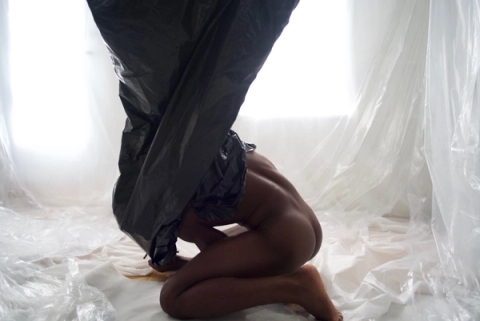
Oluseye
Blackbodybag 15, 2018Archival ink-jet print on Hahnemühle Photorag
12.38 x 18.5 in. | 31.4 x 47.1 cm
Edition of 5, 2AP







